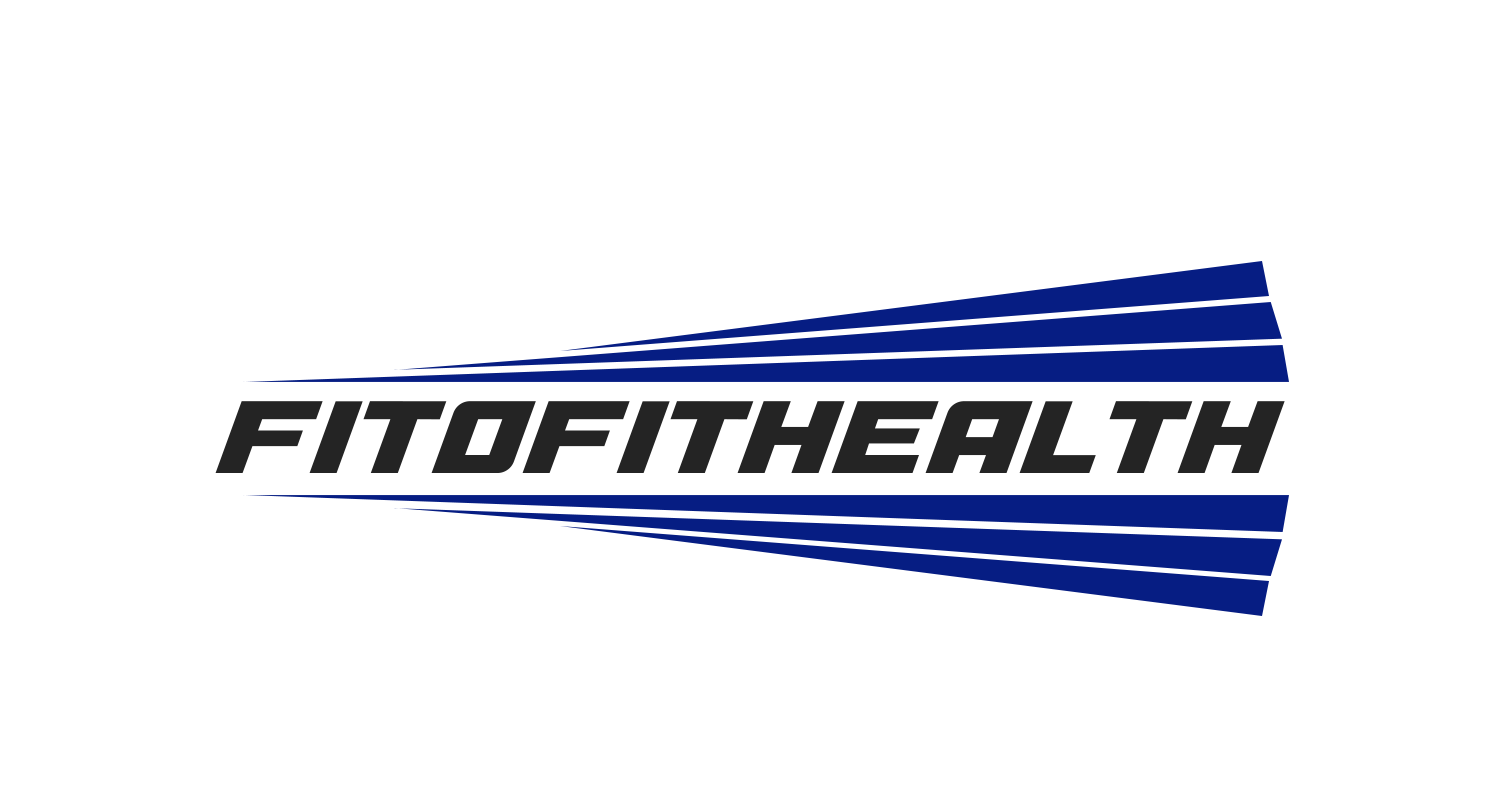As flu and allergy seasons approach, care homes must ramp up cleaning and maintenance to protect elderly residents, who are particularly vulnerable to respiratory infections and allergic reactions. Seasonal preparation in care homes is essential to minimize health risks, maintain compliance with regulatory standards, and assure families that their loved ones reside in a safe, healthy environment. Leveraging technology such as Care Home Maintenance Software and Care Home CQC Compliance Software can significantly enhance the effectiveness and reliability of seasonal cleaning and maintenance protocols.
The Importance of Seasonal Cleaning and Maintenance in Care Homes
During flu and allergy seasons, airborne allergens like pollen, dust mites, mold spores, and flu-causing viruses pose higher risks for infection and respiratory distress. Elderly residents often have weaker immune systems, existing chronic conditions, or asthma, making them more susceptible to complications. Maintaining a meticulously clean environment reduces the presence of these harmful agents and supports resident health.
Moreover, seasonal environmental factors exacerbate common allergens indoors. For example, opening windows during high pollen days can introduce irritants, so care homes need to rely on filtration and air conditioning. Mold often thrives in damp areas during colder months, requiring focused cleaning and moisture control. Regular replacement of HVAC filters and thorough cleaning of ventilation systems also helps improve indoor air quality.
Key Seasonal Cleaning Tasks
- Deep cleaning of all resident and communal areas including floors, carpets, curtains, and upholstery to remove allergen buildup. Use HEPA-filter vacuum cleaners designed to trap fine particles.
- Bedding and fabric hygiene, involving frequent washing of sheets, pillowcases, and blankets in hot water to kill dust mites and germs, along with using allergen-proof covers.
- Window and ventilation cleaning to eliminate mold and dust on frames and allow optimal functioning of air filtration.
- Disinfection of high-touch surfaces such as handrails, doorknobs, light switches, and medical equipment to reduce virus transmission.
- Moisture control, especially in bathrooms and kitchens, to prevent mold growth through prompt drying and proper ventilation.
- Systematic HVAC maintenance, including timely filter replacements with high-efficiency MERV or HEPA filters and regular inspection of air systems.
Role of Care Home Maintenance Software in Seasonal Preparedness
Care Home Maintenance Software brings automation, accuracy, and transparency to seasonal maintenance tasks. It enables care home managers to:
- Schedule and track preventive maintenance activities such as HVAC filter changes, plumbing checks, and mold inspections well before peak flu and allergy seasons.
- Generate alerts and reminders to ensure all important seasonal cleaning and repair tasks are completed on time with no oversights.
- Log repairs and issues rapidly, allowing staff to report problems like leaks or HVAC malfunctions that could compromise environmental health.
- Centralize maintenance records to provide clear audit trails for inspections and compliance reviews.
- Coordinate teams effectively with mobile access allowing real-time updates and communication on maintenance progress, even when staff are dispersed.
By digitizing these processes, the software reduces administrative burden, prevents missed tasks, and enhances response speed to emerging maintenance needs critical during high-risk seasons.
Enhancing Compliance with Care Home CQC Compliance Software
Care Home CQC Compliance Software complements maintenance management by helping care homes align with the Care Quality Commission’s safety and cleanliness regulations amid seasonal challenges. This software:
- Monitors and documents all cleaning and maintenance activities, producing audit-ready reports that demonstrate adherence to infection control standards.
- Tracks regulatory requirements and updates, guiding homes through fluctuating compliance expectations during flu outbreaks or allergy surges.
- Supports risk assessments and action plans for environmental hazards linked to seasonal conditions.
- Facilitates staff training and competency tracking to ensure housekeeping and maintenance teams are equipped to perform enhanced seasonal protocols.
Together, these digital solutions provide a robust infrastructure ensuring care homes are audit-ready and consistently maintain the highest safety standards throughout the year.
Benefits of Integrating Smart Software for Seasonal Challenges
Implementing Care Home Maintenance Software alongside Care Home CQC Compliance Software empowers care homes to:
- Reduce infection and allergy incidents by maintaining a safer, cleaner environment.
- Enhance resident comfort and mental well-being by reducing anxiety and respiratory distress caused by allergens or unclean conditions.
- Improve operational efficiency with automated workflows and centralized communication.
- Maintain clear accountability and transparency with detailed logs of cleaning, maintenance, and compliance activities.
- Facilitate data-driven quality improvements through analytics highlighting recurring problems or resource gaps.
Conclusion
Preparing care homes for flu and allergy seasons demands a strategic, proactive approach to cleaning and maintenance. Seasonal deep cleaning, vigilant environmental control, and timely facility upkeep are critical actions that safeguard the health of elderly residents. Leveraging Care Home Maintenance Software and Care Home CQC Compliance Software transforms these complex tasks into manageable, trackable, and effective workflows. This not only helps prevent flu outbreaks and allergy complications but also ensures compliance with regulatory standards while enhancing resident quality of life. Investing in smart maintenance and compliance technology is an essential step toward creating a truly safe and healthy living environment year-round for care home residents.


